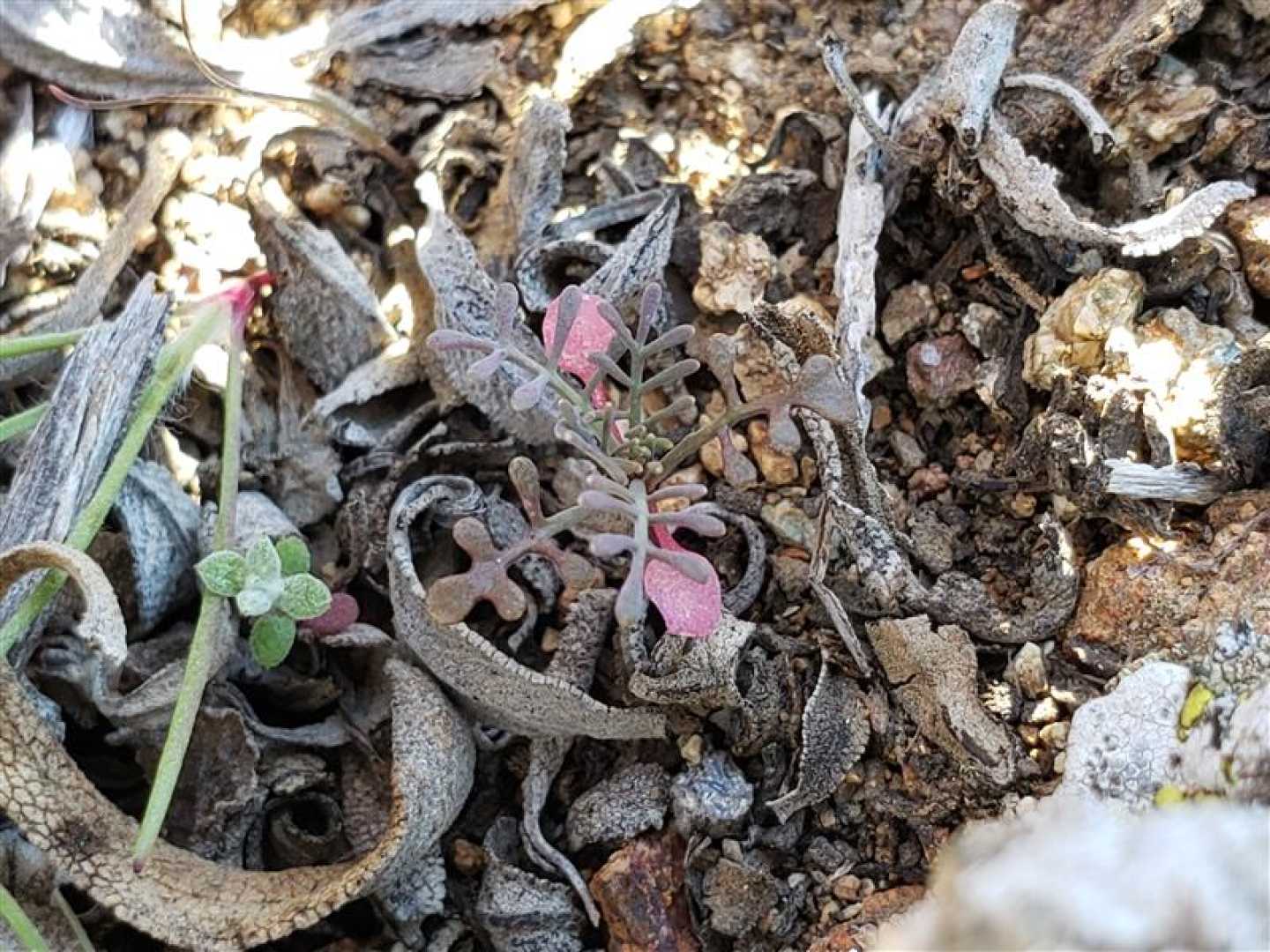Ecologist Fights Invasive Species to Save Rare Plants on Catalina Island

Avalon, California – Plant ecologist Kevin Alison is on a mission to save the rare plants and flowers of Catalina Island, home to a unique ecosystem. On May 7, 2025, he made a noteworthy discovery while driving home from work; he spotted an endangered Phacelia bloom. Unfortunately, when he returned a week later, the flower was gone, likely removed during fire prevention efforts.
Inspired by his encounter, Alison joined the Los Angeles County Fire Department as a volunteer to protect other rare species from similar fates. Residing in Avalon, which is one hour by ferry from Long Beach, Alison manages the island’s rich biodiversity as the native plant manager for the Catalina Island Conservancy.
Covering more than 88% of the island, the Conservancy manages the local forests, trees, and rare plant species. Alison enjoys spending time in the lab cloning plant tissue and propagating rare species. He passionately shares his excitement when showing visitors the island’s unique flora. “That’s how I feel whenever I show people the species that I love,” Alison told KQED.
Despite these efforts, some native plant populations are declining due to threats like invasive mule deer, which have roamed the island since the 1930s. Their unchecked growth has resulted in a browse line on local flora, including the native Catalina Cherry tree. With about 1,800 deer currently on the island, the balance of the ecosystem is under threat.
Lauren Denhardt, senior director of conservation for the Conservancy, highlighted the detrimental effects of invasives: “It has eroded soil, depleted the food supply for other animals and, most alarming, allowed flammable shrubs and grasses to proliferate.” These nonnative species create risks similar to those that contributed to the Maui fires.
In the summer of 2023, the Conservancy proposed a controversial plan to reduce the deer population using helicopters. This proposal faced backlash from local residents who launched a campaign to preserve the deer. A year later, their efforts paid off when the county’s Fish and Wildlife Commission rejected the removal plan.
The Conservancy issued a statement emphasizing the importance of a healthy native plant ecosystem in combating climate change and wildfire risk. Alison acknowledges the complex emotional dynamics involved in conservation efforts. “I think people are prone to care about something with eyes…I couldn’t agree more,” he noted, recognizing that empathy for animals often overshadows concern for plants.
For Alison, the urgency to protect Catalina’s native plants grows daily. One plant critical to his role at the Conservancy is the Catalina Mountain Mahogany, a rare species that only has seven specimens left. He expressed his concern: “They’ve been evolving for thousands of years, and that’s literally going extinct in front of my eyes.”
Additionally, the Conservancy’s herbarium stores a collection of rare plant samples, which may serve as a genetic archive for future restoration efforts. “If I can help a species that I thought was so cool to thrive into the future for other people to enjoy, that’s a life well lived,” Alison concluded.
